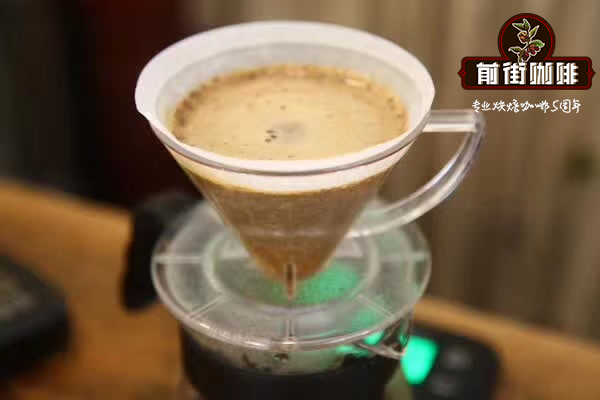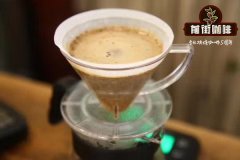Answer the name of Tiger Manteau. | Indonesian official answers about the origin of Tiger Mantez name.

Professional Coffee knowledge Exchange more information about coffee beans Please note the coffee workshop (Wechat account cafe_style)
In front of the street-the door answers the tiger Mantez.
Indonesia is a group country, and its main producing areas are located in Yunnan, Java and Tahrawesi. The northern plateau is relatively high above sea level. Lake Tawa is located in the province of Thailand and Lake Toba is located in North Mongolia, which is the main Arabica coffee producing area. Lake Tawa is located in the Gayo Mountains in the north of the province. Indonesia, which crosses the equator, has abundant rainfall and rich volcanic soil for coffee. However, due to remote and inconvenient transportation, coffee was not grown until 1924, mostly with traditional shelter and no farming.
In Thailand, coffee is the second largest export economic crop in the region. It is estimated that there are about 60000 small-scale coffee farmers, and the coffee planting land for each person is 1: 2 square meters. Indonesia's traditional way of coffee supply is multi-chain supply. From the beginning of the people's Republic of China, through many Chinese merchants, a large number of export products have been slowly collected. In the trade system of Indonesian coffee, it is rare in Indonesia for a single window to collect and then arrange a direct exchange of exports.
02 | processing method
The planing method, also known as Wet Hulling, is also known as Giling Basah in the local language. it is a traditional Indonesian coffee processing method. From the point of view of the name, the planing method is very similar to the washing treatment (washing treatment). However, the taste of the cups in these two treatments is very different. The coffee processed by the planing method is usually mellow and strong, and the individual nature is very clear.
Planing processing step
① removes the peel and pulp and retains the sheepskin and mucous membrane.
② pool fermentation
③ washing off mucous membrane
④ sheep skin is dried for 2-3 days to 20-24% water content.
⑤ scraped off the sheepskin
⑥ dries raw beans to 12-13% moisture content.
⑦ preparation for export
Why do you use the planing method?
a. Waiting for reasons
Indonesia's tradition of using the ploughing method starts from the local sky. Indonesia has annual temperatures ranging from 70 to 90 per cent, and in some areas, annual rainfall can even reach as much as 2000mm. You know, raw beans are most afraid of Rain Water. How did Indonesia overcome such poor weather conditions and produce rich and mellow manteau coffee? That is to rely on ploughing.
Under weather conditions, coffee takes an average of 2-3 weeks to dry. With such a high tide in Indonesia, dry coffee has become a big problem. It takes longer for coffee to dry, during which time the coffee remains at a high temperature, making it easier for the bacteria to soak into the raw beans.
In the ordinary washing process, the drying process is carried out with sheepskin, so as to protect raw beans from being spoiled by the outside world to a certain extent. However, we can note that the planing method removes the sheepskin for the final step of drying, so that the light will shine directly on the surface of the raw beans, causing the coffee beans to dry quickly, 2-3 times faster than washing.
b. Economic benefit
The 17th-century Dutch colonists were the first to introduce coffee to Indonesia. This group of colonists pursued more and faster economic returns. Ploughing greatly reduced the time spent on the farm and greatly reduced the cost of labor. This is consistent with the desire of investors who pursue quick profits and reduce costs. This is also one of the reasons for promoting the planing method.
c. Defects and kuku kambing (Bean)
When the sheepskin is removed by the planing method, the water content of the coffee is still as high as 20-24%, while in the general processing method, the water content of the coffee is reduced to 10-12%. Under the condition of "semi-dry", sheepskin will adhere to the surface of raw beans, it is more difficult to remove sheepskin and "fully dry", and the process requires more friction.
But on the other hand, "semi-dry" raw coffee beans are very fragile at this time, and the hardness is not as strong as "fully dry" raw beans, so beans are easier to be eaten than beans, forming a small gap. This is what we often call hoofs or sheep's hoof beans (called kuku kambing in the ruins).
The ultra-fast processing speed of the planing method also causes high defects in Mantec. Employees will be arranged to carry out defective handcuffs, usually DP (secondary handcuff) and TP (third handcuff). Mantec after three handcuffs will be worse than the second handcuff in terms of defect rate.
END
Important Notice :
前街咖啡 FrontStreet Coffee has moved to new addredd:
FrontStreet Coffee Address: 315,Donghua East Road,GuangZhou
Tel:020 38364473
- Prev

Introduction of coffee production in South America | Brazilian coffee is the largest coffee producer in the world.
Brazilian Coffee is the largest coffee producer in the world. Most coffee is produced in the plains or plateau steppe regions, with an average annual temperature of 20 ℃. The climate and many flat geographical conditions can be grown in Brazil on a large scale and are used.
- Next

The charm of the original place of Rose in the Village of Rose in Ethiopia
Professional Coffee knowledge Exchange more Coffee Bean Information Please note Coffee Workshop (Wechat account cafe_style) Front Street-the history of the Rosy Village Festival in Essex since 2007, film star Adam Overton and film wife Rachel Samuel received during the process of filming Essex coffee for the Ethiopian government.
Related
- What is the standard process for the purpose of coffee cup testing? What is the difference between hand-brewed coffee and cup testing?
- How to use hand-brewed coffee paragon small golden balls? How does cold coffee lock in the aroma of coffee?
- Is American coffee black? What is the difference between American coffee and drip coffee?
- Unexpected! Well-known tea beverage brand Lele Tea will withdraw from the Zhengzhou market!
- Starbucks enters the fashion and beauty industry?! Netizen: Give me an ice American eye cream
- Why can American refills for free? The difference between Americano and American drip pot coffee
- Being chased out of the rain in front of Starbucks?! Store: Sheltering from rain under umbrellas poses a safety hazard
- The white moonlight has changed?! Lucky launches "Big Winter Pear American"
- Hand-brewed coffee three-stage method, high-sweet and universal brewing method to share! What does the high sweet water level of hand-brewed coffee mean?
- What is the difference between raw, refined and full espresso coffee? How to extract espresso and taste good?

